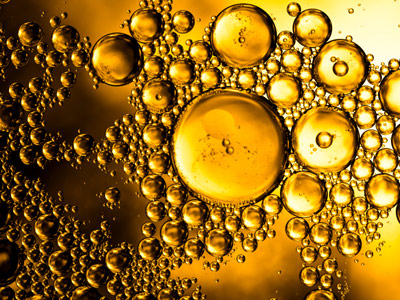

Causal or Association Relationship of Variables
This Biology quiz is called 'Causal or Association Relationship of Variables' and it has been written by teachers to help you if you are studying the subject at middle school. Playing educational quizzes is a fabulous way to learn if you are in the 6th, 7th or 8th grade - aged 11 to 14.
It costs only $19.50 per month to play this quiz and over 3,500 others that help you with your school work. You can subscribe on the page at Join Us
Variables are necessary parts of any experiment. In this middle school Biology quiz we examine both the association relationship (e.g. tall people tend to be heavier, so height and weight are associated) and the causal relationship (e.g. cold temperatures extend food's shelf life, therefore cold temperatures are a cause of extended shelf life) of variables.
Ready for more?
not all...
quizzers. Try to win a coveted spot on our Hall of Fame Page.






